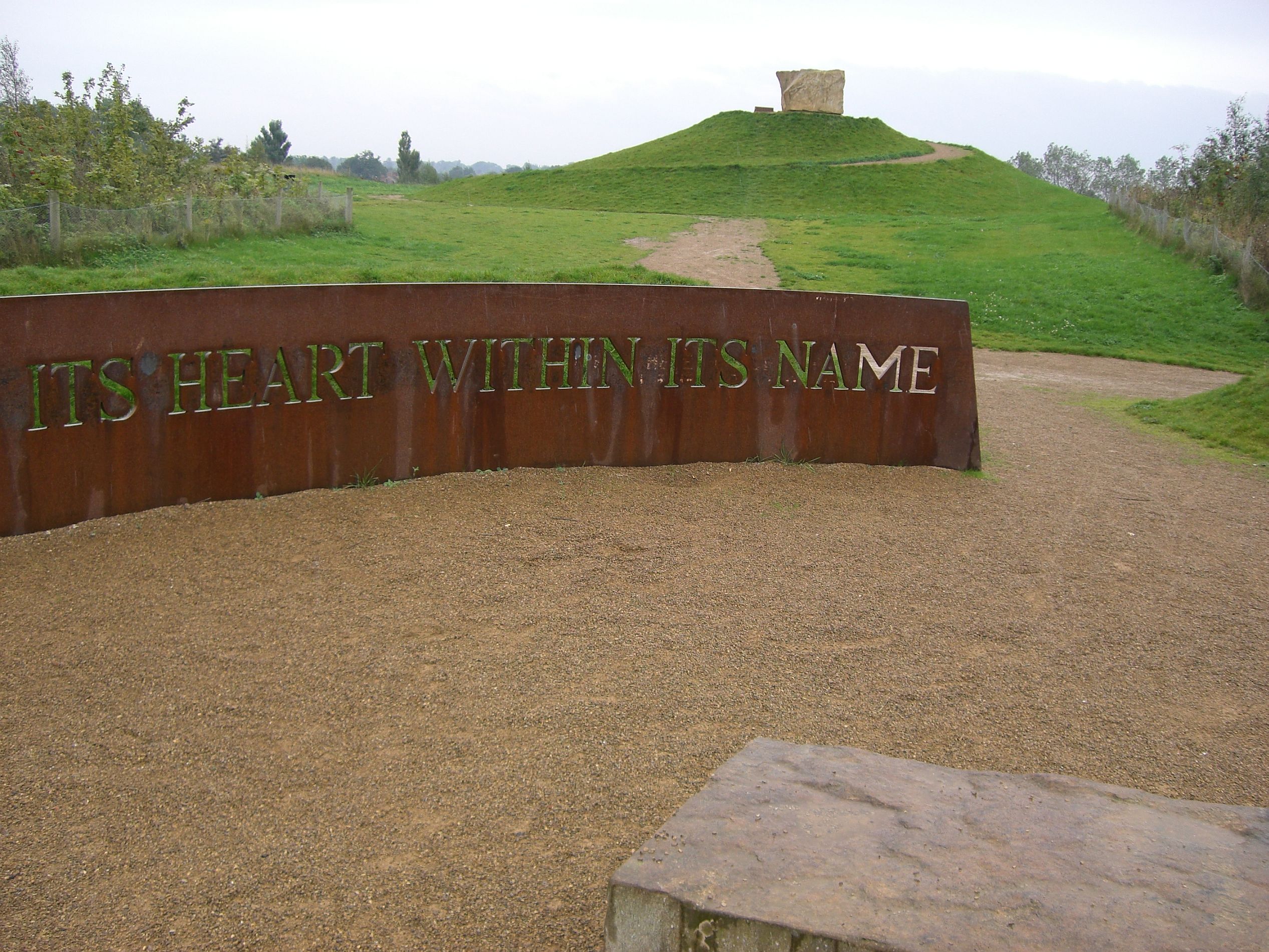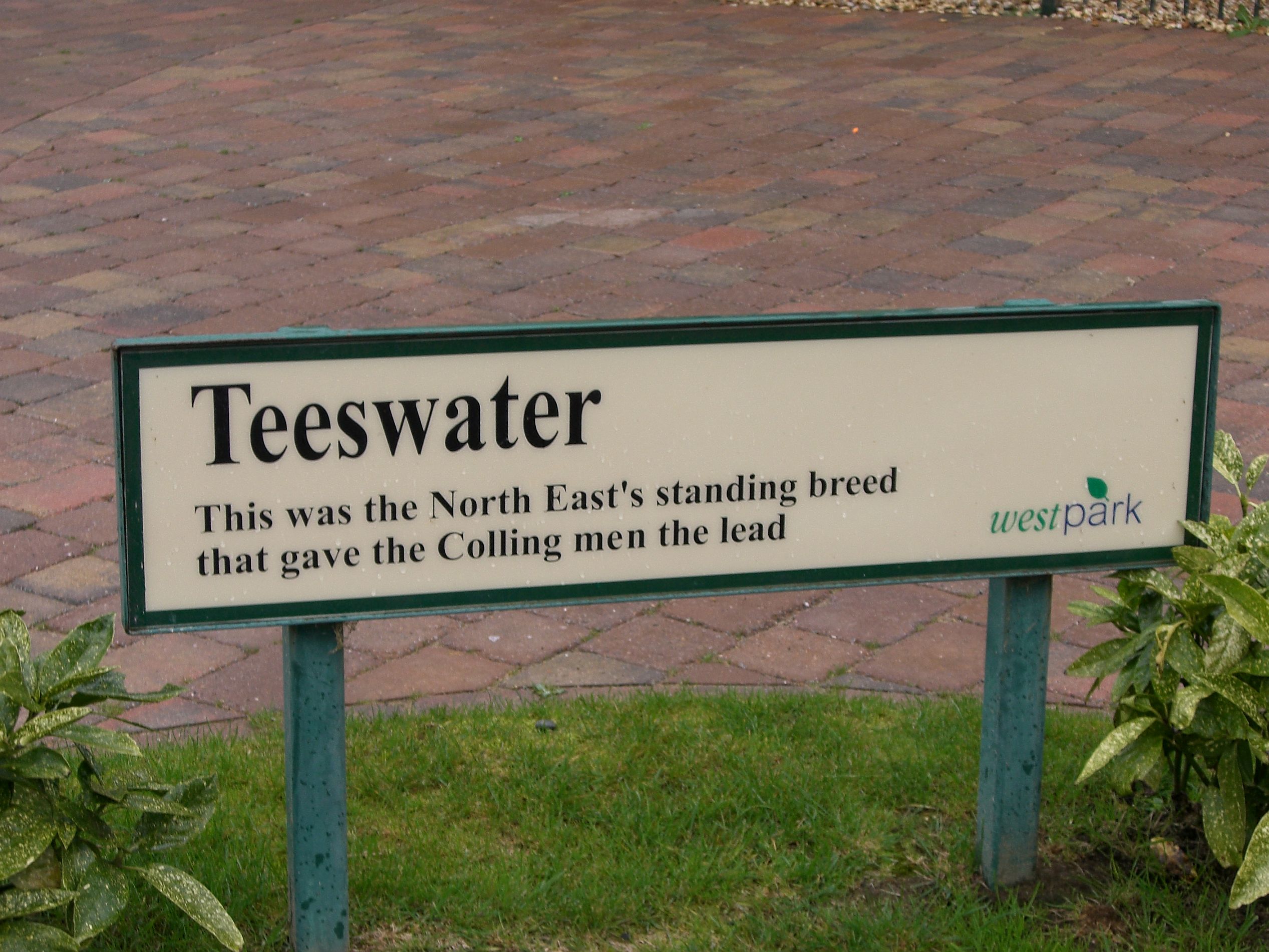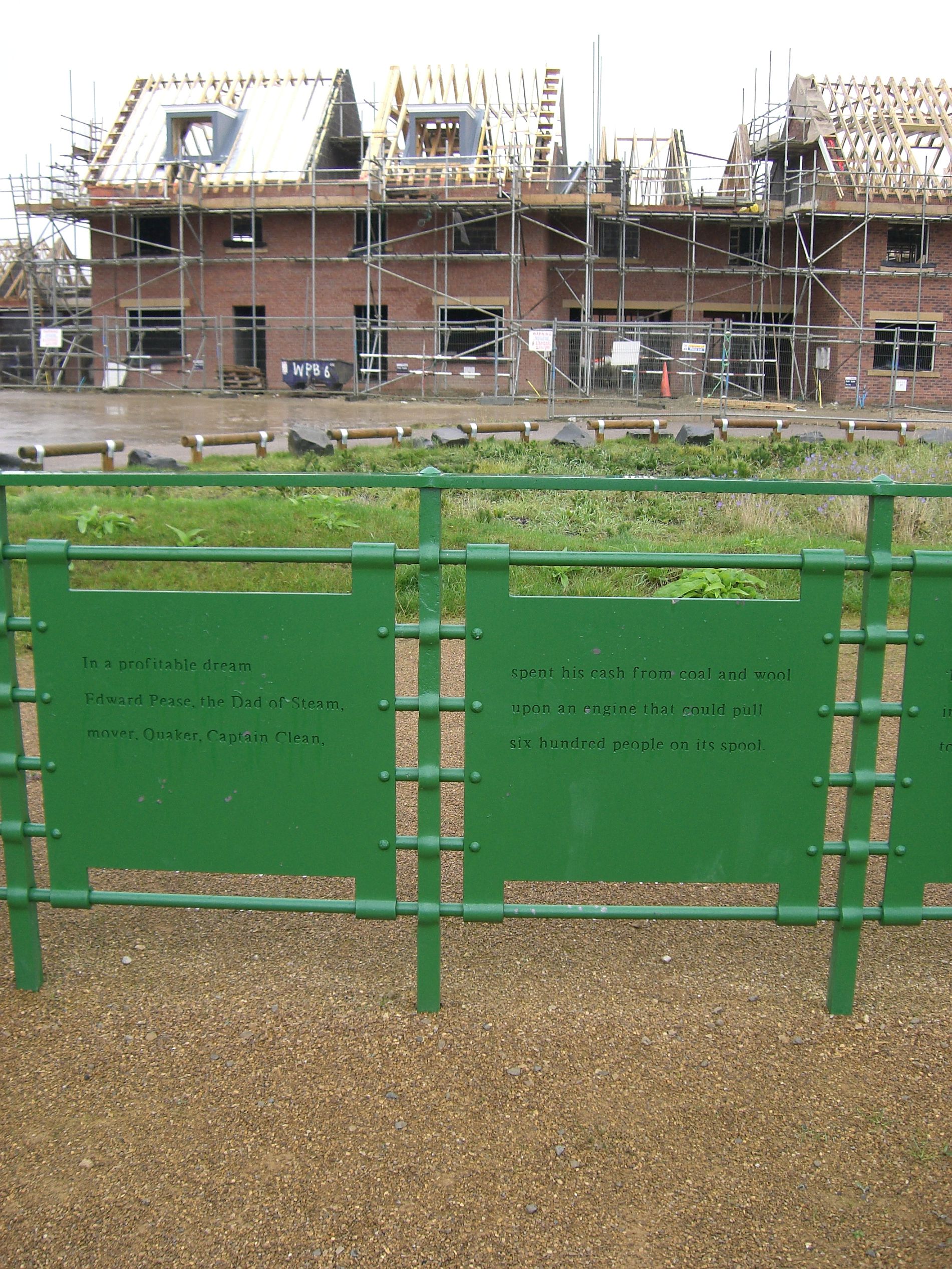A Place For Words: Westpark, Darlington
What happened?
The poet W.H.Herbert worked with developer Tony Cooper from Bussey and Armstrong on a new residential development in Westpark, Darlington. His brief was to write a poetry plan for the site and develop ideas and writing that could be permanently placed within the site’s public park.
The results have been astounding, and the development has won numerous awards, including the RICS North East Award for Regeneration, Regional Renaissance Gold Award in 2004 and the ODPM Sustainable Communities, National award for Constructing Sustainble Communities in 2006. W.H.Herbert wrote poetry that responded to the history and ecology of the site and the local area and this work has been embedded into the site's landscape. W.H.Herbert named each road and wrote rhyming couplets, celebrating specific incidents and stories from the area's past, which are printed on each road sign. His poetry curves around the arches of the shopping complex, it lines the three bridges that form the entrances to the park, is cut out of corten steel in a magnificent centrepiece in the park, and is cast in iron as part of the three stone triptychs that mark the highest points of the park. He wrote the new school motto and named the local pub. The development, which could have been a soulless development on a former chemical plant, is utterly unique.
Local literature development organisation, New Writing North, picked up on the momentum of the partnership between poet and developer and programmed a series of residencies with local communities, exploring and responding to the site, with the aim of fostering a sense of ownership of the new development. Work varied from creating films from local myths to writing etched into the windows of the new school.
Project Gallery

W.H.Herbert's poem cut out of Cor-ten steel in the central space of the new park

Every road name is accompanied by a rhyming couplet

Poetry on one of the bridges leading into the park
What made it work?
- A strong relationship between developer and writer. Each respected and trusted in each other’s opinion and skills.
- Both developer and writer had a strong personal interest in the local area.
- The writer was employed very early on in the process, before any planning permission had been granted. This allowed the writer to truly influence the development and understanding of the site, and allowed his writing to be embedded rather than tacked on.
Further information and links:
« Back to Case Studies, Literature and public art (permanent outcomes)


